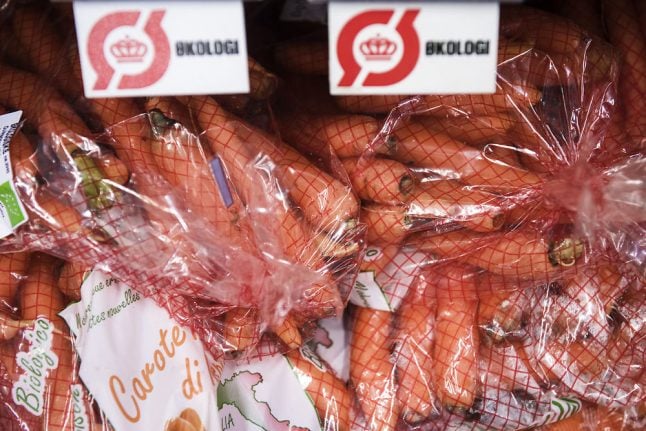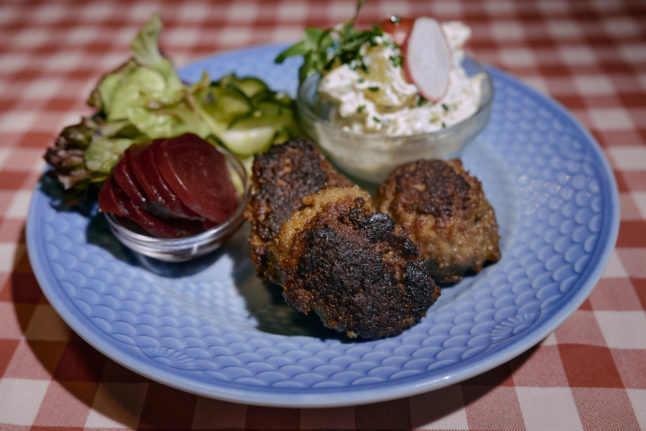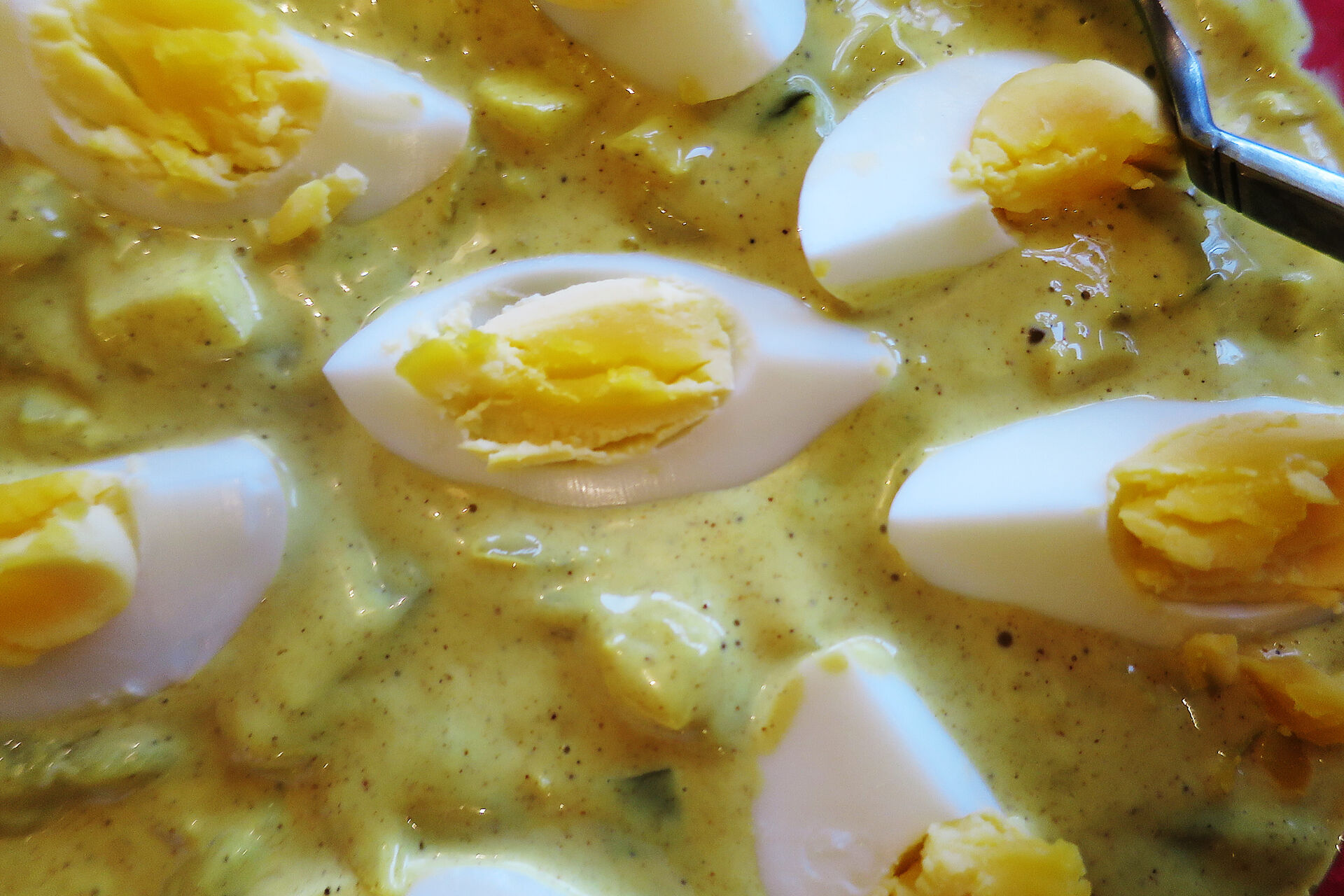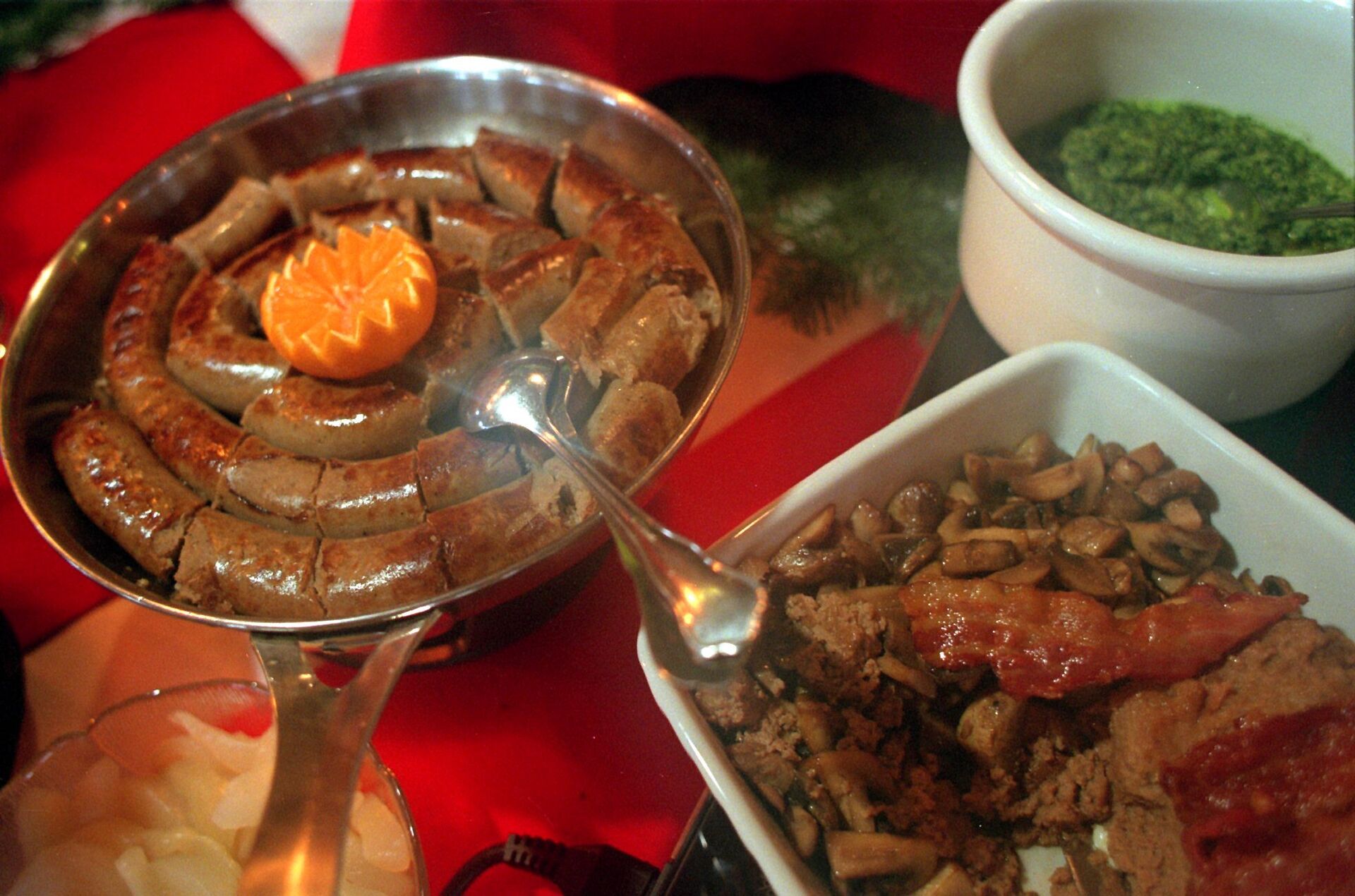Organic Denmark, a non-profit organization supporting the country’s organic sector, is to carry out the opening ceremony at this year’s edition of the annual event, which will take place in Malmö on November 13th-14th.
The country gained recognition for its organic food sector through higher consumption of organic than any other country in the world, according to a Nordic Organic Food Fair press release.
Nearly 12 percent of all Danish grocery sales are organic and over half of Danes buy organic at least once a week, according to the release.
READ ALSO:
- Danish consumers are ’world champions’ of organic food: report
- Organic food is more popular than ever in Denmark
As well as being the country with the highest consumption of certified organic, Denmark was rewarded for its dedication and government support for organic farmers, producers, retailers and export programmes.
The country has also made commitments towards doubling organic farming areas, organic exports and consumption by 2030.
“We are very proud to be working with Denmark as the first Country of the Year at Nordic Organic Food Fair. Organic Denmark has been a very important partner of the show since it launched nearly ten years ago,” Carsten Holm, managing director of event organizer Diversified Communications UK, said in the press release.
“Today, the event is seen as one of the most important in the industry and as a platform that promotes Scandinavia as one of the most forward-thinking regions in the world,” Holm added.
The Nordic Organic Food Fair annually welcomes thousands of professional buyers, retailers, wholesalers, health store owners, and distributors, and has helped to present organic food and drink in the region.
“It’s a huge honour to be elected as ‘Country of the Year’ at the Nordic Organic Food Fair 2019. For two decades Organic Denmark has been working on expanding and developing the organic food sector as well as Danish organic farming,” Organic Denmark CEO Helle Borup Friberg said.





 Please whitelist us to continue reading.
Please whitelist us to continue reading.
Member comments